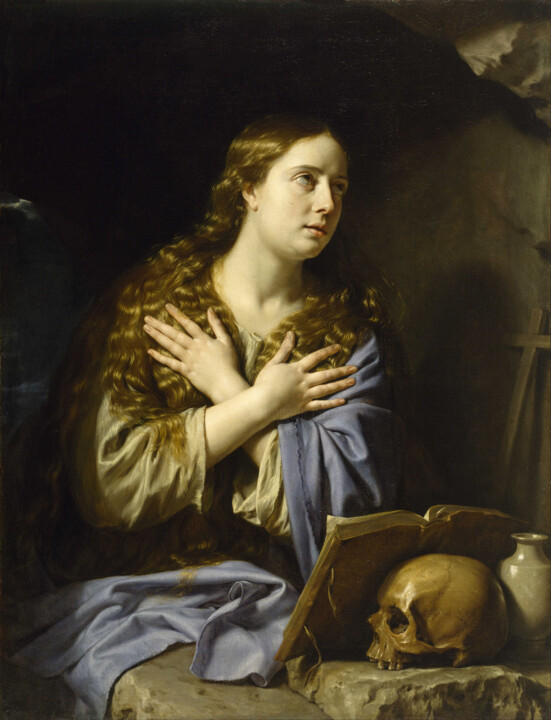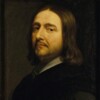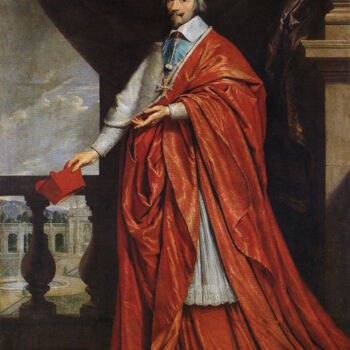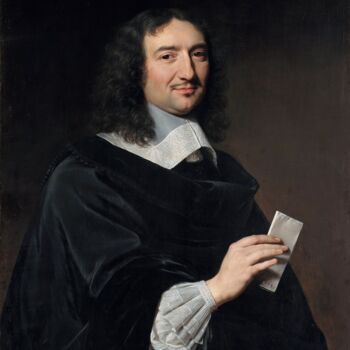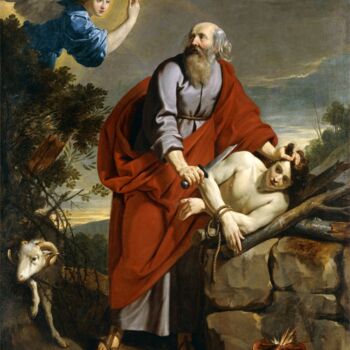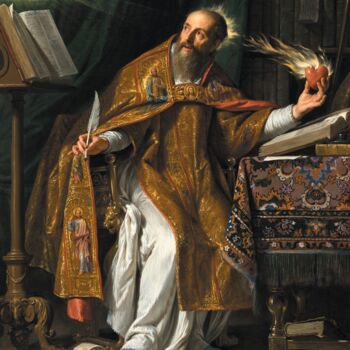The Repentant Magdalen (1648) Peinture par Philippe De Champaigne
Pas à Vendre
Vendu par Artmajeur Editions
Cette impression est disponible en plusieurs tailles.
Vendu par Artmajeur Editions
-
Œuvre d'art originale
Peinture,
Huile
- Dimensions Hauteur 45,6in, Largeur 35in
- Encadrement Cette oeuvre n'est pas encadrée
- Catégories Classicisme Portrait
Philippe de Champaigne was a French painter from the Baroque era who was born in Brabancon on May 26, 1602 and died on August 12, 1674. He was a major member of the French school. He was one of the people who started the Académie royale de peinture et de sculpture in Paris. This was France's best art school in the 18th century.
Champaigne was born into a poor family in Brussels (Duchy of Brabant, Southern Netherlands) during the time of Archduke Albert and Archduchess Isabella. He learned to paint landscapes from Jacques Fouquières. In 1621, he moved to Paris, where he worked on decorating the Palais du Luxembourg with Nicolas Poussin under the direction of Nicolas Duchesne, whose daughter he would later marry. Houbraken says that Duchesne was mad at Champaigne for being more popular at court than he was. This is why Champaigne moved back to Brussels to live with his brother.He didn't come back to marry his daughter until he heard that Duchesne had died.[1] After Duchesne died, Champaigne went to work for the Queen Mother, Marie de Medicis. He helped Marie de Medicis decorate the Luxembourg Palace. In 1638, he made a number of paintings for the Notre Dame Cathedral in Paris. He also made cartoons that were used on tapestries. He was given a pension of 1200 pounds and made the first painter for the Queen. He also made changes to the Carmelite Church of Faubourg Saint-Jacques, which was one of the Queen Mother's favorite places of worship.
During the French Revolution, this place was destroyed, but some of the original paintings have been saved and are now in museums. The Assumption of the Virgin is in the Louvre, while the Presentation in the Temple is in Dijon and the Resurrection of Lazarus is in Grenoble.
He also did work for Cardinal Richelieu, decorating the Palais Cardinal, the Sorbonne's dome, and other buildings for him. Champaigne was the only artist who was allowed to paint Richelieu dressed as a cardinal, which he did eleven times. In 1648, he was one of the first people to join the Académie de peinture et de sculpture. In his later years, after 1640, he became a follower of Jansenism. After his paralyzed daughter was said to have been healed by a miracle at the Port-Royal nunnery, he painted Ex-Voto de 1662, which is now in the Louvre. It shows the artist's daughter with Mother-Superior Agnès Arnauld.
-
Nationalité:
FRANCE

- Date de naissance : 1602
- Domaines artistiques: Représenté par une galerie,
- Groupes: Artistes Contemporains Français Artistes présentés par une galerie

